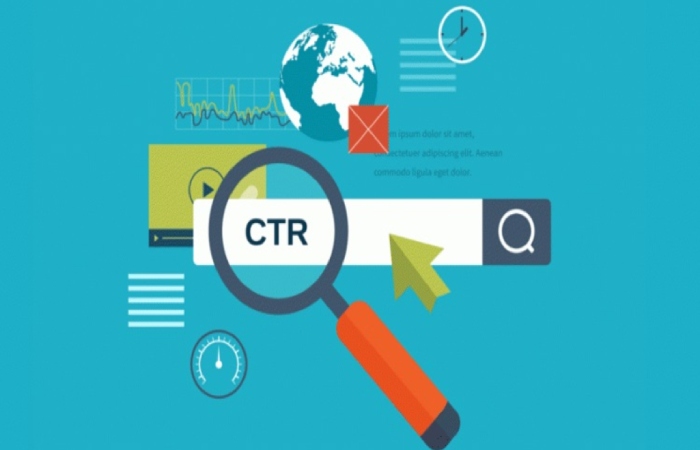What is Click Rate (CTR): It is mainly used for paid media strategies but can also apply to SEO actions, content marketing, social networks, and email marketing. A relationship between the number of people who view an element and those who click on the link in the most diverse digital channels.
It is essential, especially for those who want to extract the maximum potential from the financial resources invested If you want to know more about CTR, how this metric is calculated, and other relevant information on the subject, continue reading.
Table of Contents
What Is The Click Rate (CTR)?
The CTR is a metric that measures the number of people who click an email compared to the number of emails sent. The click-through rate is a percentage that tells you how many emails a subscriber clicked on. That click shows you whether your campaign was engaging enough to attract not just an opening but also some action from your audience.
Benchmark CTRs vary by industry. For example, emails received in business and finance can have a CTR of 2.59%, while leisure emails have a CTR of 4.78%.
The primary purpose of tracking click-through rate (CTR) is to measure engagement. With click rates (CTR), you can assess performance in the following areas:
- General interest in the brand or email fatigue
- Email content (written and visual)
- Link location
- Number of links
- Type of support
- Check out these metric benchmarks (including open rate) to understand how your emails stack up.
How Do You Measure Click Rate (CTR)?
You can find out your CTR rate by dividing the number of clicks your email received by the number of times your email was successfully delivered; So the equation should look like this:
Then take that number and multiply it by 100 to get a percentage.
Clicks On Individual Links Versus All Clicks On Links
Although the numerator in your equation represents the number of clicks your target audience received on a particular email campaign, there are two ways to track those clicks on individual links.
Unique Link Clicks – Track every user who clicks a link. As a result, the CTR tells you what percentage of the recipients clicked on an email.
All Link Clicks – Counts every click through an email, even if the same user clicks multiple times. The CTR shows you the ratio of “emails sent” to “visits to your website.”
Sent Emails Vs. Emails Delivered
The difference between “delivered email” and “sent email” is subtle but significant. Plans that use sent emails always result in a CTR that is less than or equal to sent emails. This is because the metric of the emails sent does not consider bounces and is, therefore, more critical. Delivered emails are sent emails minus the number of bounces.
Again, both options work here, but many marketers refer to it as an equation that uses delivered emails as the denominator for CTR. So there are no deliverability issues that won’t affect your CTR analysis.
Who Is Important?

Measuring the success of your email is always essential to identify areas for improvement for future campaigns. Many marketers wonder if they should be tracking CTR or Open Rate to measure the success of their emails.
Generated an action. Open rate primarily measures your ability to grab attention in inboxes, mainly through the subject line and when or how often your emails are delivered. At the same time, CTR measures overall engagement to help customers.
It’s great to see an influx of open emails. However, what’s the point if these emails don’t drive sales, generate leads, or increase brand awareness? By determining your CTR, you can understand how your emails work in inboxes.
What Is A “Good” CTR?
It is a hotly debated topic: what is a reasonable click-through rate?
From a decently arithmetic point of view, it depends. Check out Yahoo’s answer to the “What is a good click-through rate” question:
The honest answer to the question is, “It depends.” Of course, click-through rates vary from campaign to campaign and even from keyword to keyword. Everything about how your ad looks matters, from ad text to ad rank on the results page.
So while you want a “high” CTR, there is no magic number. The average click-through rate varies by industry, and your expected CTR depends, among other things, on the position of your ad.

